AARP Hearing Center

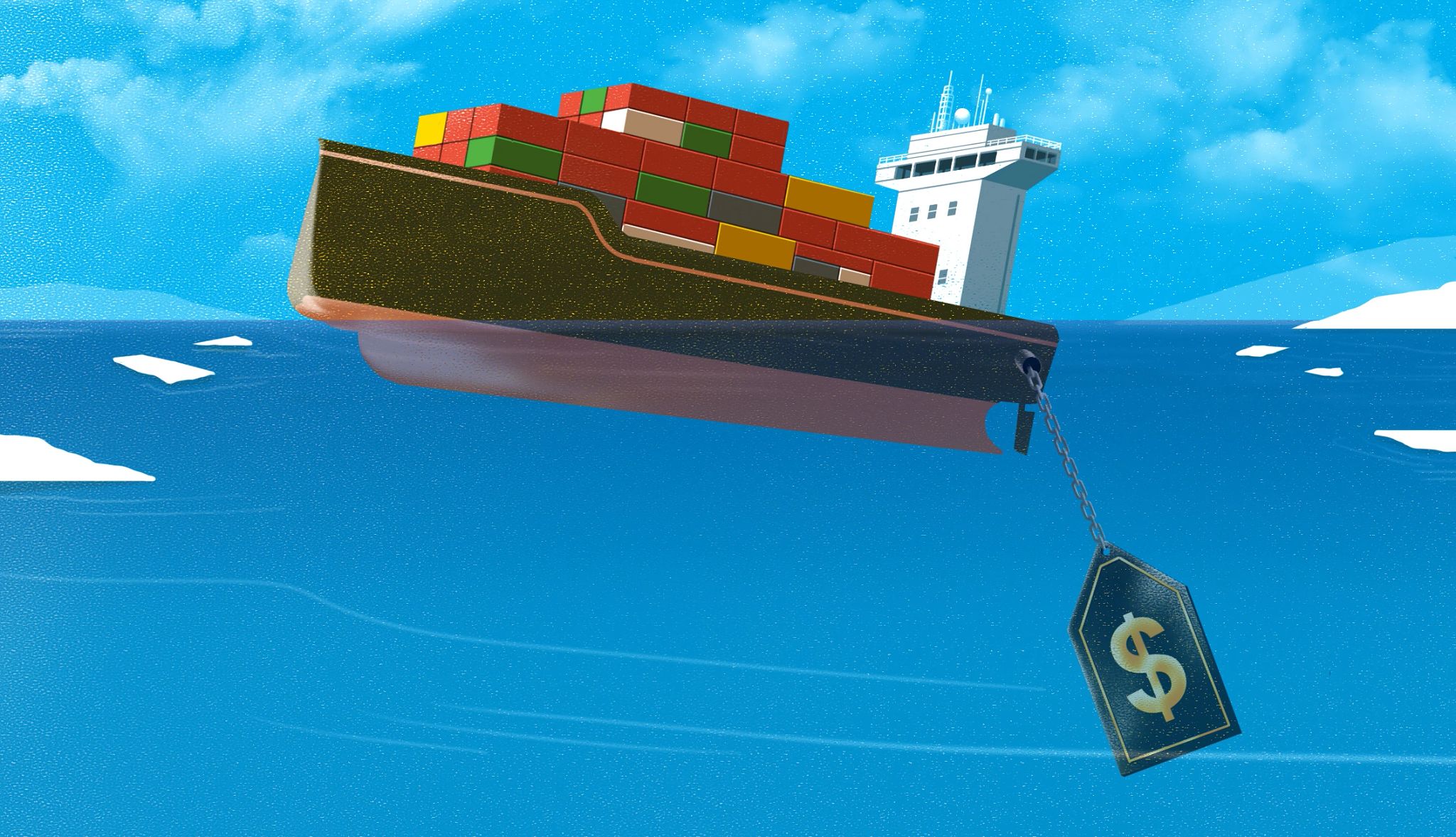
President Donald Trump has imposed a series of far-reaching tariffs on U.S. trade partners so far this year, including a 10 percent baseline tariff on imports from all countries except for Mexico and Canada, as well as a 50 percent tariff on steel and aluminum. On July 7, he demanded 14 countries agree to trade deals by Aug. 1 or face import taxes of at least 25 percent. The new levies, which would replace the reciprocal tariff policies that were previously scheduled to take effect July 9, include 25 percent tariffs on imports from Japan, South Korea, Malaysia and Kazakhstan, 30 percent on South African products and 40 percent on goods from Myanmar and Laos.
Trump's trade policies, however, are fluid — with no shortage of on-again, off-again tariff announcements. And to muddy the water for American consumers even more, a federal trade court ruled on May 28 that the president had exceeded his authority in imposing levies on nearly all U.S. imports, only for a federal appeals court to freeze the ruling the following day while the administration challenges it.
Despite all the noise, one thing is clear: Tariffs against U.S. trade partners, and any retaliatory tariffs that occur, could have a significant effect on American consumers' pocketbooks.
“It's possible that retailers won't pass the higher import prices to consumers immediately, but I would expect them to eventually increase prices,” says Amit Khandelwal, a professor of global economics and global affairs at Yale University.
Duleep Rodrigo, consumer and retail sector leader at KPMG, agrees. “While retailers may adjust sourcing or pricing strategies to mitigate the impact, many will have limited ability to fully shield consumers,” he says. “The extent of any price changes will depend on factors like a company’s supply chain flexibility, competitive dynamics and consumer demand.”
At a Glance: Trump's Tariffs in 2025
President Donald Trump's tariffs are in a seemingly constant state of flux, with the White House frequently announcing changes to the nation's trade policies and a federal trade court blocking Trump's blanket tariffs on all imported goods.
Here is a condensed timeline of the major tariffs that have taken effect in 2025.
- Feb. 4: 10 percent tariff against China on top of the pre-existing 10 percent tariffs levied during Trump's first term
- March 4: 10 percent additional tariff Chinese imports
- March 12: 25 percent tariff on steel and aluminum imports from all countries
- April 3: 25 percent tariff on all imported vehicles
- April 5: 10 percent universal tariff on all U.S. trade partners except for Canada and Mexico
- April 9: 145 percent total tariff on Chinese imports
- April 11: Trump announces a reciprocal tariff exemption for smartphones, laptops and other certain electronics, with refunds issued for reciprocal tariffs collected on these goods since April 5
- April 29: Trump signs an executive order that U.S. automakers paying tariffs on foreign-made vehicles won’t also be charged for other import taxes
- May 12: Trump reaches a deal with China to reduce America's tariffs on most Chinese imports from 145 percent to 30 percent for 90 days
- June 4: Trump doubles U.S. steel and aluminum tariffs to 50 percent
- July 8: Trump demands 14 countries agree to trade deals by Aug. 1 or face import taxes of at least 25 percent.
Watch out for potential price hikes on these nine items.
Auto insurance
Trump has proposed 25 percent tariffs on most goods imported from Canada and Mexico, but they've been put on hold in accordance with the the United States-Mexico-Canada Agreement (USMCA), Trump said in March.
If the tariffs do take effect and increase prices for car parts, that could lead to higher auto insurance premiums, a recent study by Insurify found. According to the report’s projections, the taxes on auto parts imported from America’s neighbors would raise the average annual cost of car insurance by 8 percent in 2025, to $2,502.
You won't see prices increase right away, though. Before they can raise rates, "insurers have to get rate increases approved on a state level by insurance regulators and provide proof that the cost of auto claims has risen because of tariffs," says Matt Bannon, a data journalist at Insurify who worked on the study.
Automobiles
Planning to shop for a new set of wheels? Automobile prices could see a big bump, with the 25 proposed tariffs against Mexico and Canada adding as much as $12,000 to the price of a new car, according to research from East Lansing, Michigan-based consulting firm Anderson Economic Group. Market analysts say the additional 25 percent tariff on imported vehicles that took effect April 3 and a 25 percent tariff on imported auto parts that took effect May 3 could drive up prices further, although President Trump signed an executive order on April 29 allowing U.S. automakers to be partially reimbursed for the levies on foreign parts for the next two years based on a proportion of the cost of the imported components.
Moreover, an S&P Global Mobility report published in January found that a 25 percent tariff on a $25,000 vehicle from Mexico or Canada would add $6,250 to its import cost, with U.S. car dealers "likely to pass most, if not all, of this increase to consumers," the study said. The 50 percent tariffs on imports of steel and aluminum could also raise prices for car parts, making repairs more expensive.



































































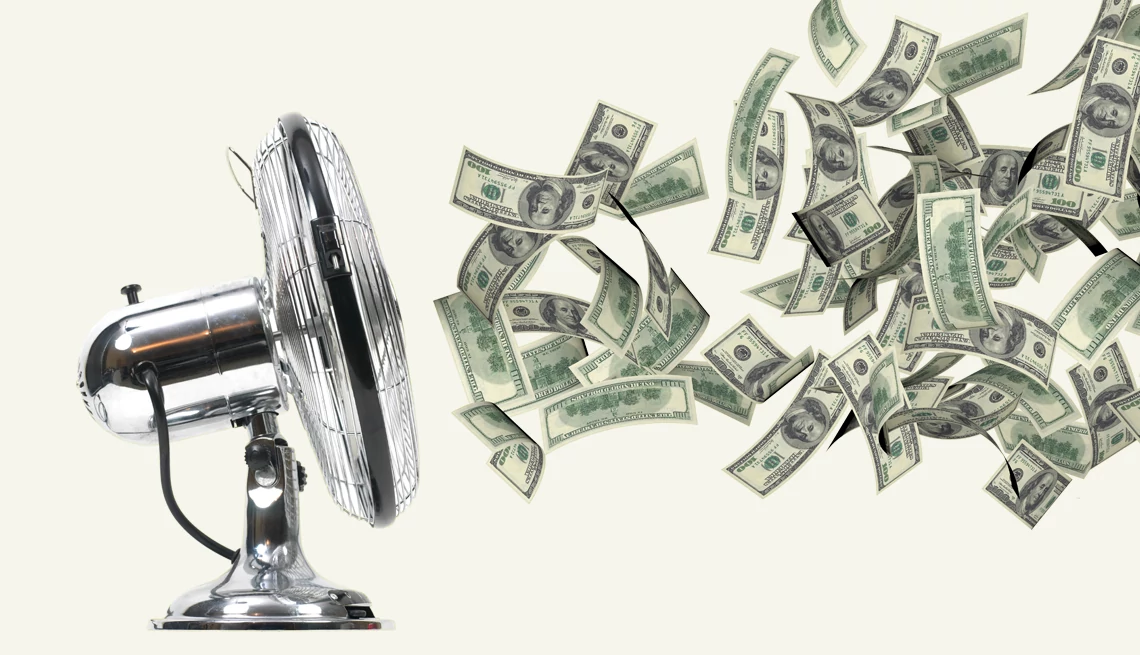


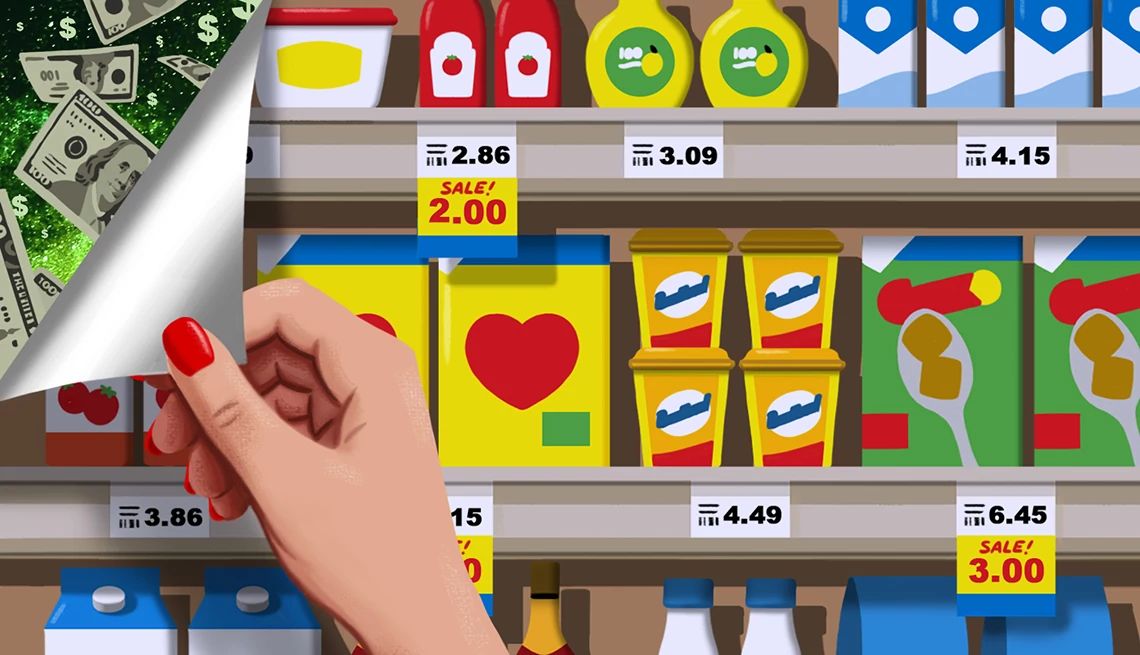


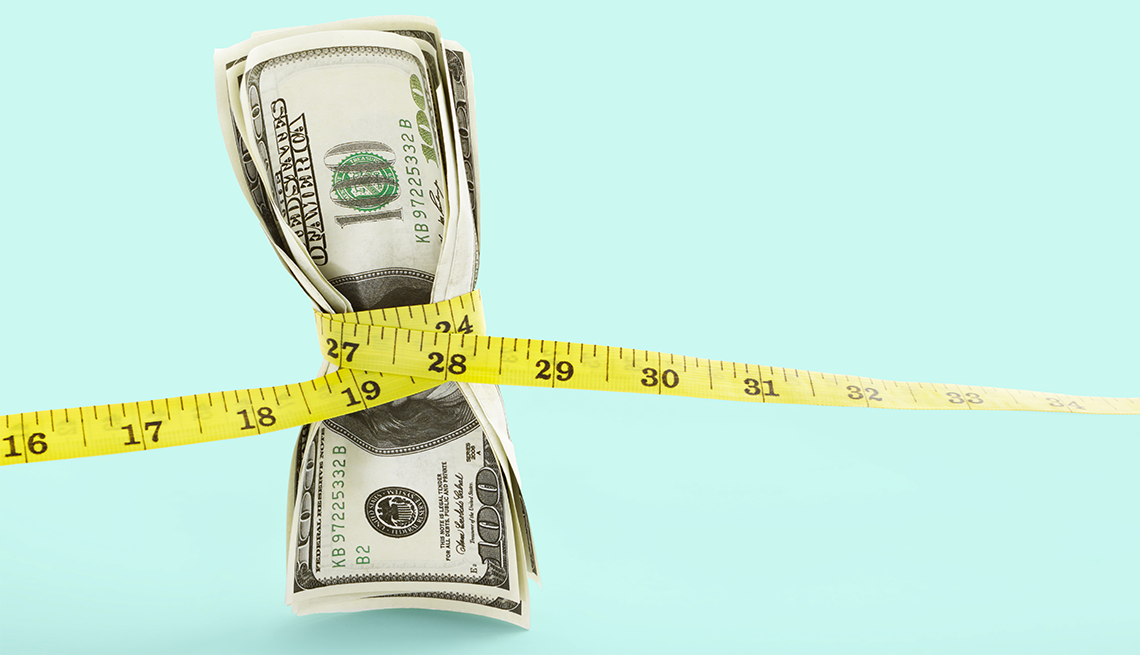

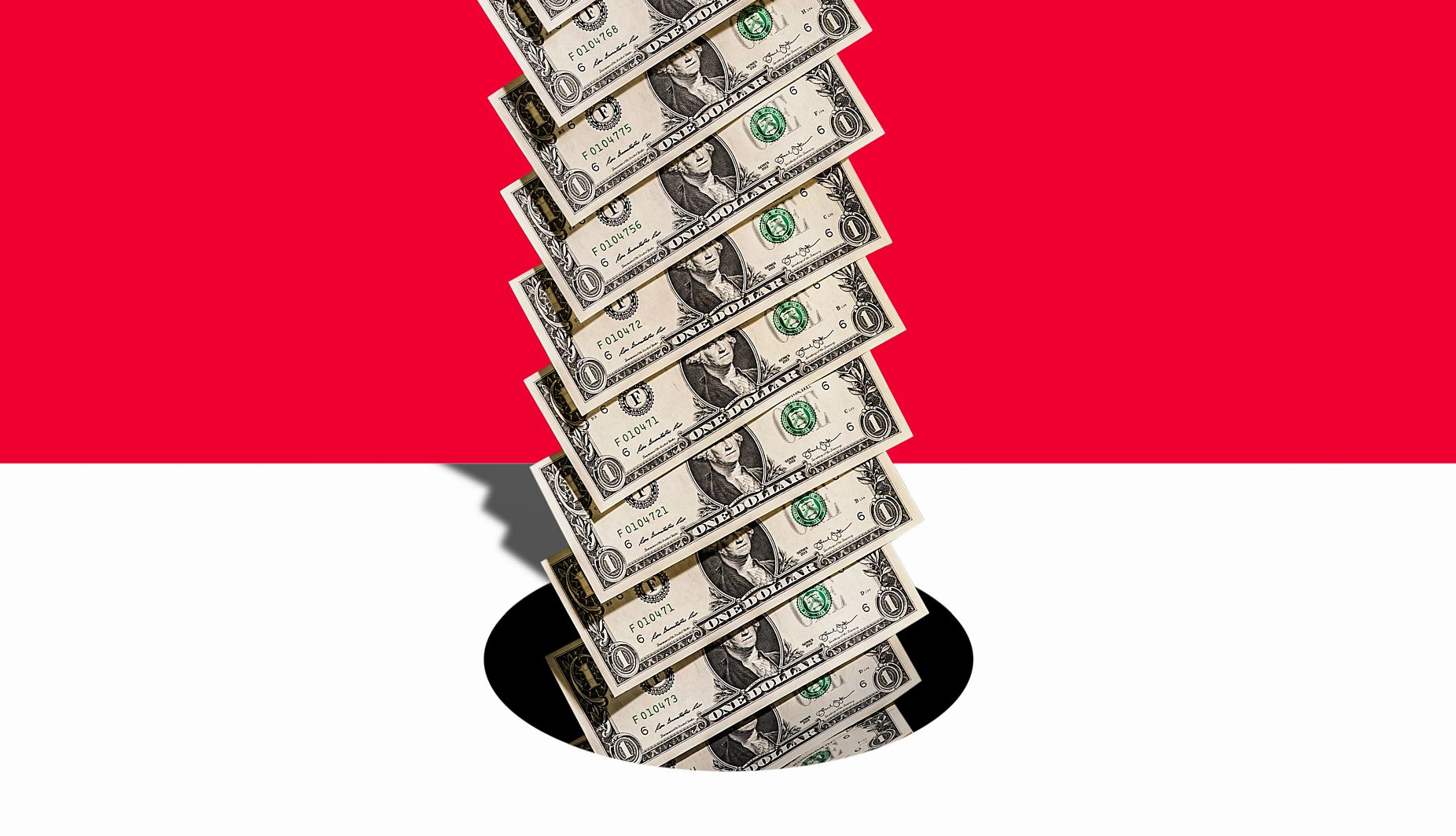




More From AARP
I'm Helping Pay My Grandson’s College Costs. He Wants to Waste the Money Studying Philosophy
Don’t approve of your grandchild’s major? Tread carefully
10 Things Retirees Should Stop Spending Money on Now
Retirement is a time to rethink some things, including our spending habits
11 Mistakes Retirees Make at the Supermarket
It’s not just inflation. Your bad habits may explain why you’re paying too much for groceries